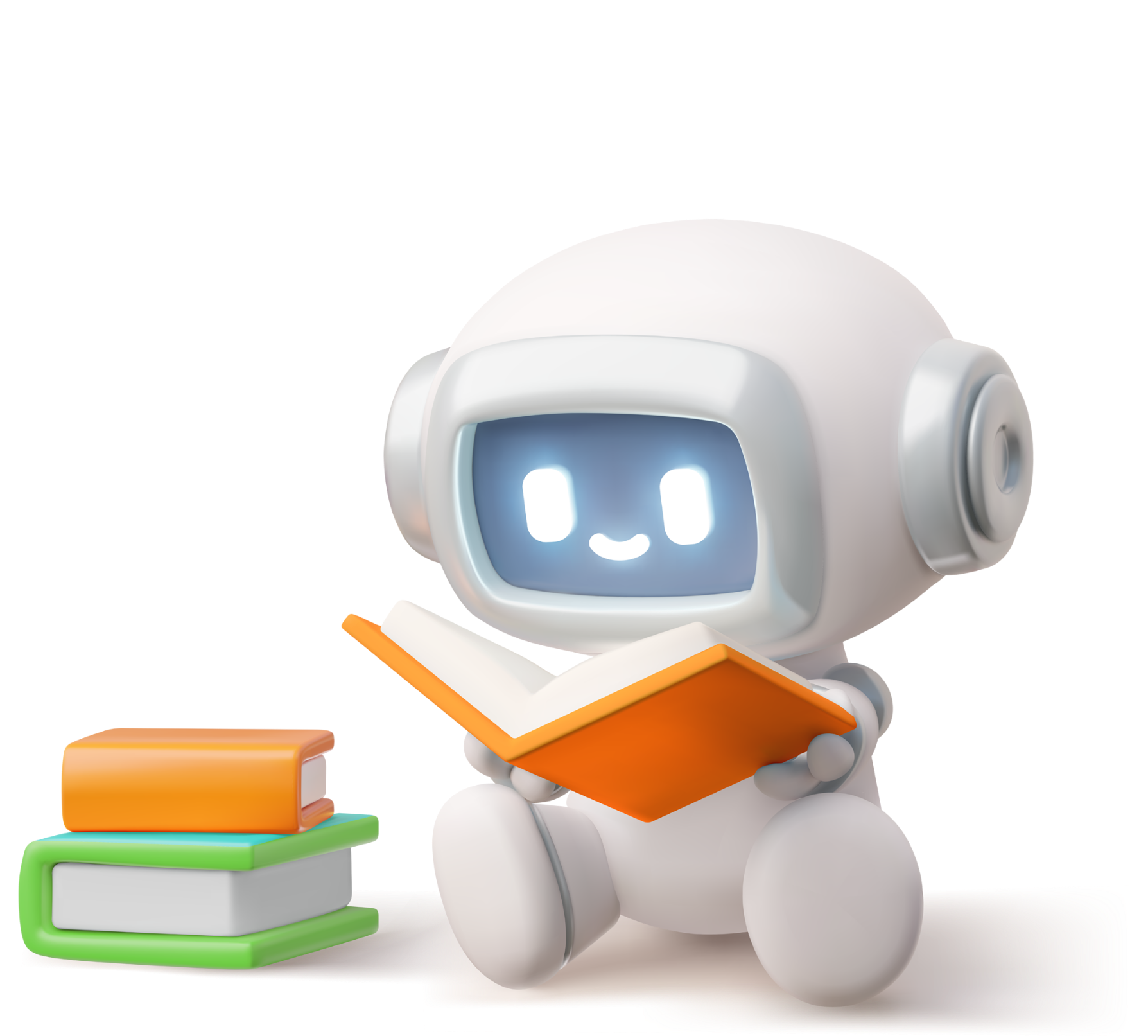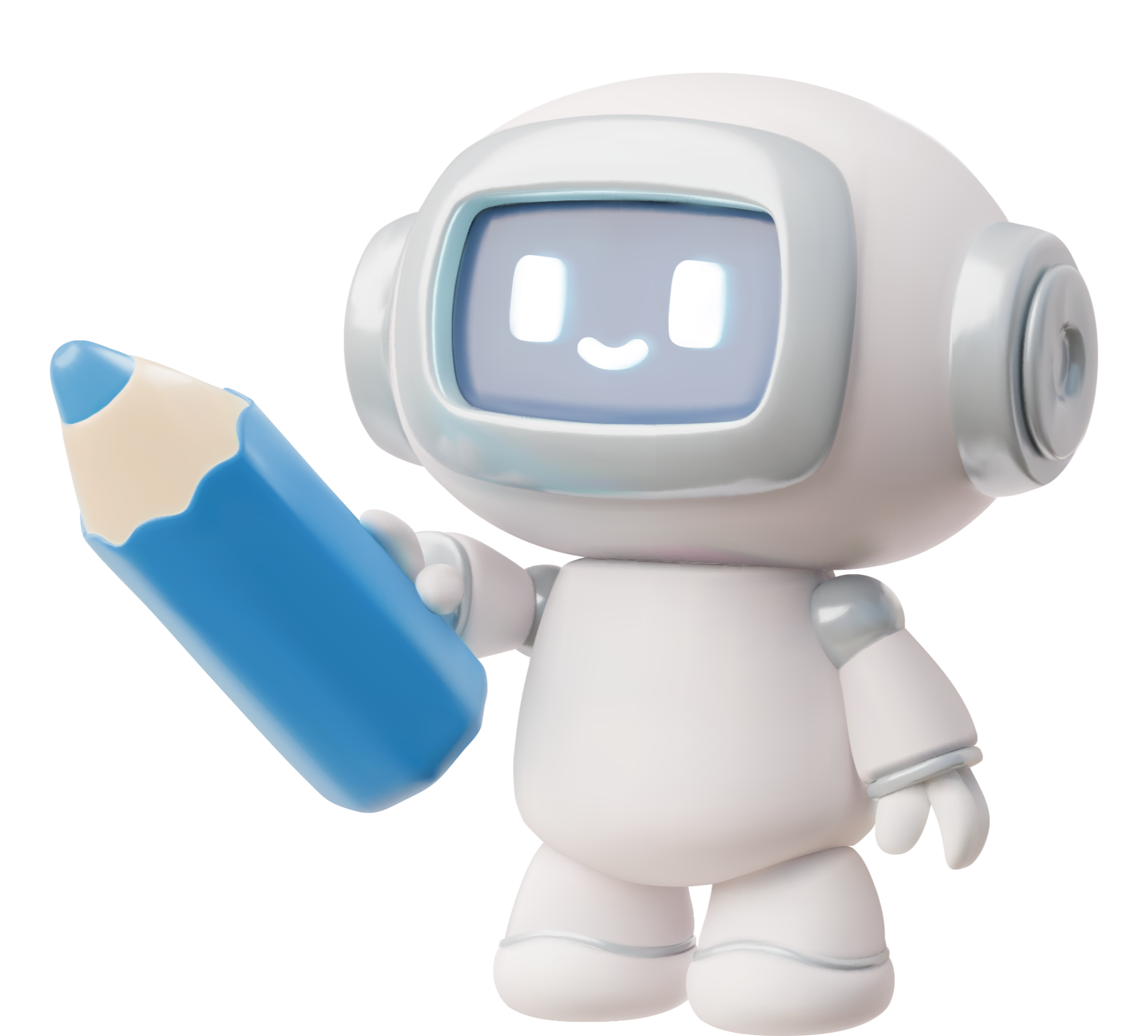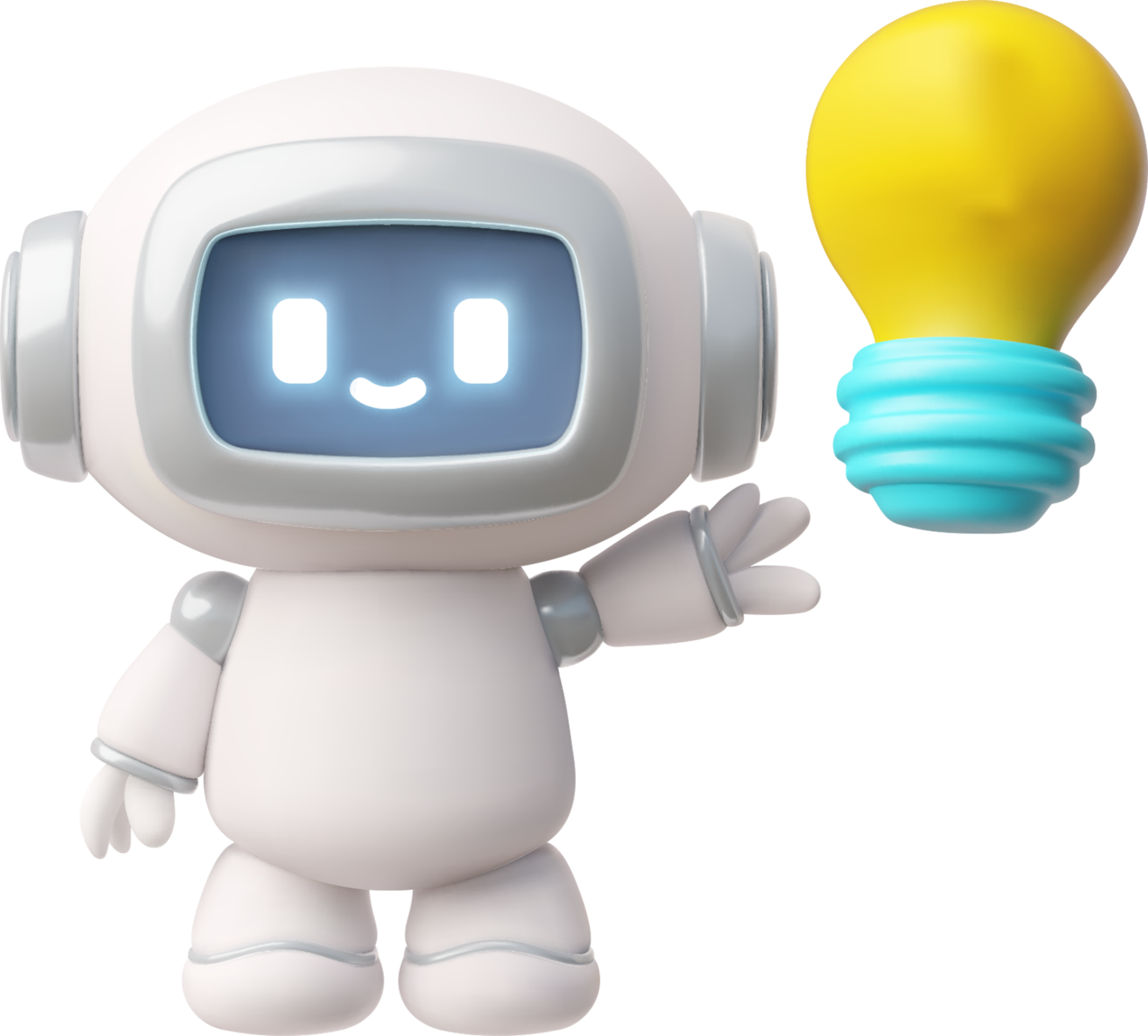“Neural plasticity – in humans, a sensitive period exists between birth and seven years of age when language is learned effortlessly.”
DOI: 10.1126/science.1175626 Science 325, 284 (2009)
Andrew N. Meltzoff, et al. Foundations for a New Science of Learning

Why introduce AI in elementary school?
Students are naturally curious and highly engaged in elementary school. They love learning and constantly ask, “Why?” So, can young students grasp the basics of computers and artificial intelligence (AI)? The answer is a resounding YES!
Empowering young learners through science and technology gives them the foundation to imagine bold solutions to global problems—and even dream up ideas no one has thought of yet. Introducing AI early on can spark creativity, critical thinking, and innovation.
The Empowering Science method
Empowering Science employs research-proven methods to engage students in the learning process. The lessons
are short, but filled with experiences that reinforce the scientific method of thinking.
Active Learning Strategies
Students begin exploring a topic before the formal lesson. Materials are provided to students to engage them with the topic and help them develop ideas. Throughout the lessons, students collaborate and discuss potential explanations and solutions to challenges. Afterward, they reflect on any ideas in light of the classroom discussions.
Carl E. Wieman, recipient of the 2001 Nobel Prize in Physics, is a strong advocate for Active Learning as a powerful method to enhance student learning.
Online Questions & Guided Investigations
Digital investigations guide student group discussions and support independent exploration of each topic. Online questions help students review the key concepts covered. Teachers can access detailed progress reports, allowing them to monitor student learning effectively. By using digital investigations, teachers can supervise students as they engage in active, self-directed learning. Review tests measure how much students have retained. All of this is delivered through a single, integrated digital assessment platform—without requiring the use of any external AI tools.
Group Discussion &
Collaborative Work
Collaboration is used to actively engage students and deepen their learning. Each lesson is designed to incorporate and maximize group interactions. Students work together to formulate and ask questions. During guided investigations, they engage in discussions to construct explanations, design solutions, and support arguments with evidence.
How do we introduce AI?
Like many emerging technologies, AI is often presented without much explanation. It’s deceptively simple to use—just type a prompt and receive a response, summary, image, video, or more. However, these generative tools only scratch the surface of what AI truly is. Understanding both the power and the limitations of AI is becoming essential in nearly every field today.
That’s why learning to write prompts is just the beginning. Our lessons go further, addressing fundamental questions about AI and opening the door to a deeper understanding of how AI systems work. Students engage in hands-on activities where they simulate AI agents solving problems, explore how information is stored and used, recognize patterns in data, and make inferences from what they observe. Through play and experimentation, students grasp the core concepts behind the algorithms and logic that power AI.
Our lessons cover key topics such as:
What is AI?

How does AI learn?

How does AI read and write?

How does AI create?

